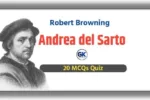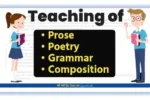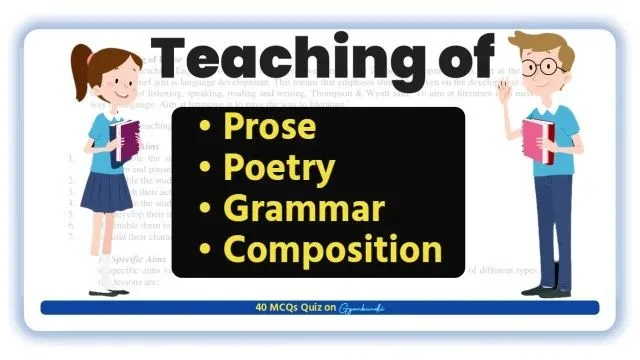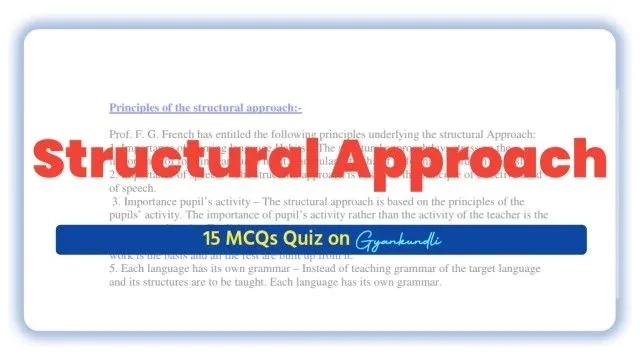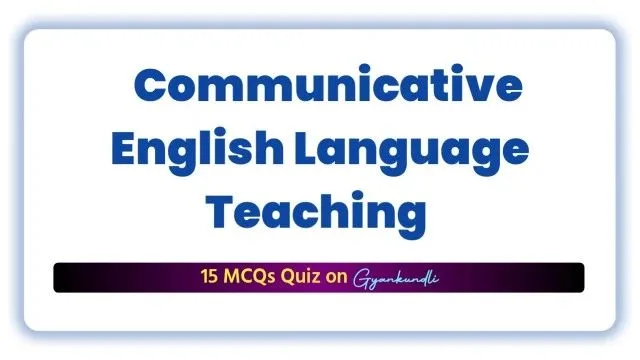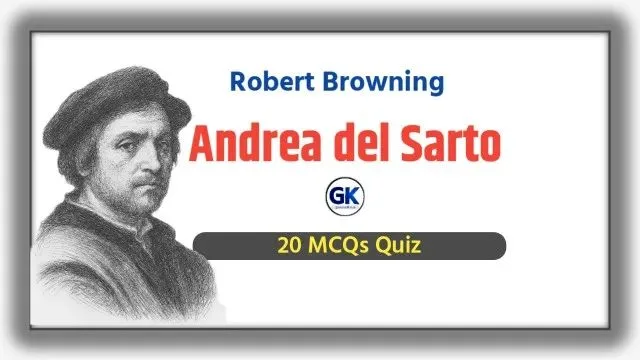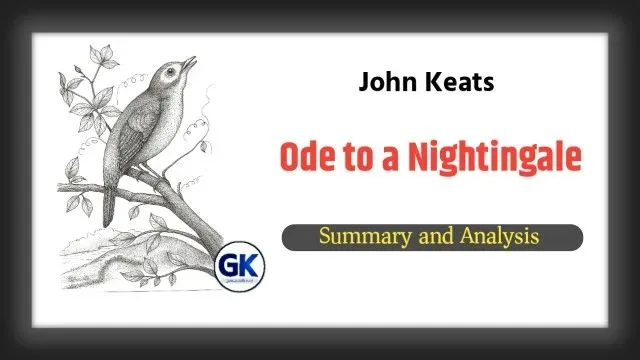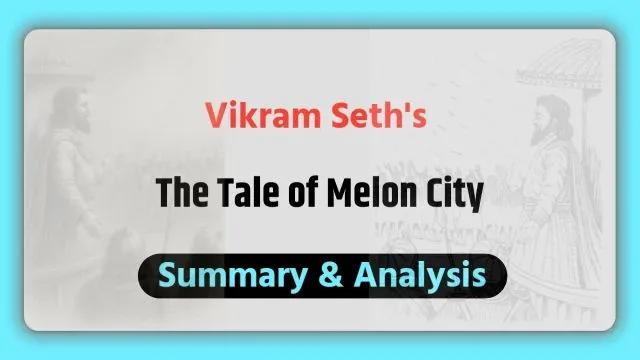Introduction
The Grammar Translation Method is one of the oldest and most traditional English teaching approaches. Known for its focus on grammar rules and translation, this method shaped language learning for generations. It’s especially helpful for those who want a strong grasp of grammar, reading, and writing skills.
What is the Grammar Translation Method?
The Grammar Translation Method is a teacher-centered approach where grammar rules are taught explicitly, and students translate sentences between their native language and the target language. Originally developed for teaching classical languages like Latin and Greek, it emphasizes written language skills over spoken fluency.
This method focuses heavily on grammatical structures, vocabulary memorization, and sentence-level translation. It encourages learners to build a deep understanding of language forms before attempting to use them in communication. While it may not develop conversational fluency, it remains popular for academic and literary language learning.
Origin and Historical Development
The roots of the Grammar Translation Method trace back to the 18th and 19th centuries, when it was used to teach classical languages in European schools. The main goal was to help learners read and understand classical texts, not necessarily to speak the language.
This method later evolved into the dominant language teaching approach in many countries, especially in formal education systems. It aligned well with examination-based education, where students were assessed on grammar knowledge and translation accuracy. Its structured nature also made it easy to implement, even for teachers with limited training.
Despite criticism, the Grammar Translation Method has survived the rise of newer communicative and audio-lingual methods. Today, it still holds value in certain academic settings and competitive exam preparation, where detailed grammar understanding is crucial. Its legacy continues in many traditional classrooms around the world.
Key Principles of the Grammar Translation Method
At its core, the Grammar Translation Method rests on a few key ideas:
- Language is best learned through the study of grammar rules.
- Translation between languages reinforces understanding.
- Mastery of written language is more important than spoken fluency.
- Vocabulary should be memorized through bilingual word lists.
The teacher is the central figure in the classroom, directing the lesson and providing explanations. Students are expected to be passive recipients, memorizing and applying rules rather than experimenting with language.
This method believes that by analyzing sentence structures and grammatical patterns, learners gain the tools needed to understand complex texts and construct accurate translations. Accuracy and correctness take precedence over fluency or spontaneity. Though modern educators may view it as rigid, it appeals to learners who prefer clear rules and predictable learning patterns.
Main Characteristics of the Grammar Translation Method
Emphasis on Grammar Rules
Grammar is taught deductively. Teachers present rules first, followed by examples. Students then apply these rules in exercises. For further support, refer to these English grammar books.
Focus on Translation of Sentences
Students regularly translate sentences from the target language to their native language and vice versa. This reinforces vocabulary and grammar accuracy.
Use of Native Language as Medium of Instruction
Lessons are conducted mostly in the learners’ native language. Instructions, explanations, and discussions all happen in L1 to reduce confusion and increase clarity.
Priority on Reading and Writing Skills
Listening and speaking take a back seat. The goal is to help students read literary texts and write grammatically correct sentences.
Memorization of Vocabulary and Rules
Word lists, grammar rules, and verb conjugations are memorized. Repetition and drills are common tools. This structure benefits exam preparation but may feel mechanical to some learners.
Objectives of the Method
The Grammar Translation Method aims to:
- Develop strong grammatical understanding
- Enable accurate translation between languages
- Enhance reading and writing skills
It is especially effective for learners who need to analyze texts, prepare for exams, or study English in academic contexts. While speaking and listening aren’t prioritized, students build a solid foundation in grammar and vocabulary, which can be beneficial for formal writing or advanced language analysis.
Typical Classroom Practices
Explanation of Grammar in Native Language
Teachers explain new grammar points using students’ first language, often supported by detailed notes or charts.
Translation Exercises from L1 to L2 and Vice Versa
A core activity involves translating full sentences or paragraphs. This helps reinforce grammatical structures and vocabulary.
Reading Comprehension with Grammatical Analysis
Students read passages and answer grammar-based questions. Complex sentence structures are dissected. Support is available in this English articles guide.
Vocabulary Lists and Memorization
Students are often given bilingual vocabulary lists to memorize. For practice, try this conjunction quiz.
Written Tests Based on Translation Accuracy
Assessments typically involve translating texts, identifying grammatical errors, and applying grammar rules.
Advantages of the Grammar Translation Method
Familiarity for Teachers and Learners
It offers a structured and predictable approach, making it easier to teach and follow.
Strong Theoretical Knowledge of Grammar
Students develop a deep understanding of grammar, useful for formal writing, editing, and exams.
Useful for Academic or Literary Purposes
It prepares learners to read and understand academic texts, literature, and classical writing.
This method is especially suitable for learners aiming for competitive exams or academic English. It removes the pressure of speaking and lets students focus on accuracy.
Criticisms and Limitations
Neglect of Listening and Speaking Skills
Since the method focuses on reading and writing, learners miss out on real-life communication practice.
Lack of Student Engagement
The passive learning style may lead to boredom. Students often feel disconnected without interaction or discussion.
Overemphasis on Accuracy over Communication
Learners may hesitate to speak for fear of making mistakes. This hinders fluency development.
Rigid and Non-interactive Approach
The teacher-centered format restricts creativity. Students rarely collaborate or use language freely.
In short, while the Grammar Translation Method builds accuracy, it lacks the balance needed for comprehensive language learning.
Comparison with Modern Teaching Methods
Grammar Translation Method vs. Direct Method
The Direct Method uses only the target language and promotes speaking and listening. Unlike the Grammar Translation Method, it avoids using the native language and grammar explanations.
Grammar Translation Method vs. Communicative Approach
The Communicative Approach emphasizes interaction and real-life communication. It encourages group work, discussions, and fluency over accuracy.
Grammar Translation Method vs. Audio-Lingual Method
The Audio-Lingual Method relies on drills and pattern practice. It trains students to form habits through repetition, focusing on pronunciation and speaking.
Each method serves a different purpose. The Grammar Translation Method is best for learners who value rules, structure, and academic success.
When and Where is the Method Still Used?
Despite criticism, this method is still used in many countries, especially where English is taught for exams or academic reading. It’s common in schools where teachers have large classes and limited resources.
It also helps in teaching classical or literary texts where deep grammatical understanding is needed. In India and parts of Asia, this approach continues in rural and traditional schools.
Adapting the Grammar Translation Method for Today’s Classrooms
Integrating Listening and Speaking Activities
Adding role plays, dialogues, or recordings can make learning more dynamic and improve fluency.
Using Technology to Support Grammar Learning
Interactive apps and quizzes can modernize grammar drills. Digital flashcards and games make memorization fun.
Blending with Communicative Techniques
Teachers can blend translation exercises with pair work and discussions to create a more engaging classroom.
Modern classrooms can benefit from combining traditional and modern elements to meet diverse learning goals.
Summary: Is the Grammar Translation Method Still Effective?
The Grammar Translation Method may seem outdated, but it still holds value, especially for learners focused on grammar, exams, and academic writing. While it lacks in speaking and listening development, it provides a solid foundation for understanding complex texts.
Its best use lies in combination with modern methods. When adapted, it becomes a powerful tool to build accuracy before moving into fluent expression. Like any method, its effectiveness depends on the goals of the learner and the creativity of the teacher.
Frequently Asked Questions (FAQs)
1. What is the main goal of the Grammar Translation Method?
The main goal is to teach grammar rules and help students translate accurately between their native and target language.
2. Who developed the Grammar Translation Method?
It evolved from classical methods used to teach Latin and Greek in the 18th and 19th centuries. No single person is credited.
3. Is the Grammar Translation Method still used today?
Yes, it is still used in many schools, especially in academic settings and for competitive exam preparation.
4. How does it differ from the Direct Method?
Unlike the Direct Method, it uses the native language, focuses on grammar explanations, and does not prioritize speaking.
5. Why is it criticized by modern educators?
It’s criticized for ignoring speaking and listening, and for being too rigid and teacher-centered.
6. Can this method help in speaking fluently?
Not directly. It focuses on accuracy, not fluency. Supplementing it with communicative practice is necessary.
7. What are some examples of Grammar Translation activities?
Translating sentences, identifying grammar errors, memorizing vocabulary, and analyzing texts.
8. Is the method suitable for beginners?
Yes, especially for those who prefer structured learning and clear rules.
9. Which language skills does this method neglect?
It neglects speaking and listening skills.
10. Can it be used with digital language learning tools?
Yes, grammar apps, online quizzes, and digital flashcards can modernize this method effectively.
Discover more from Gyankundli
Subscribe to get the latest posts sent to your email.



